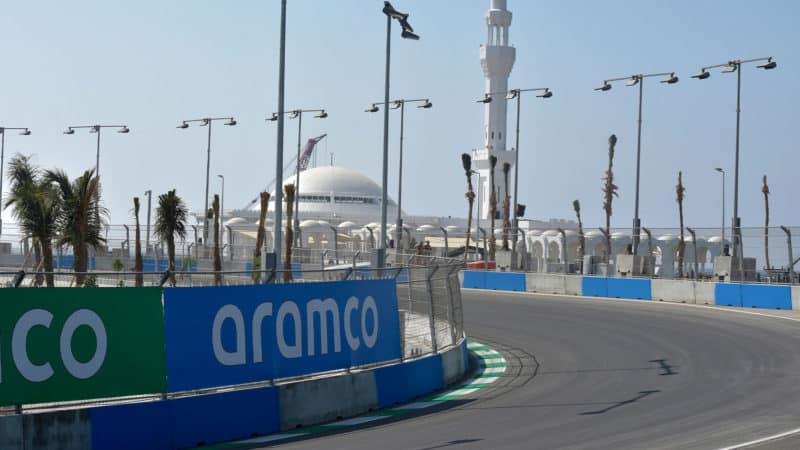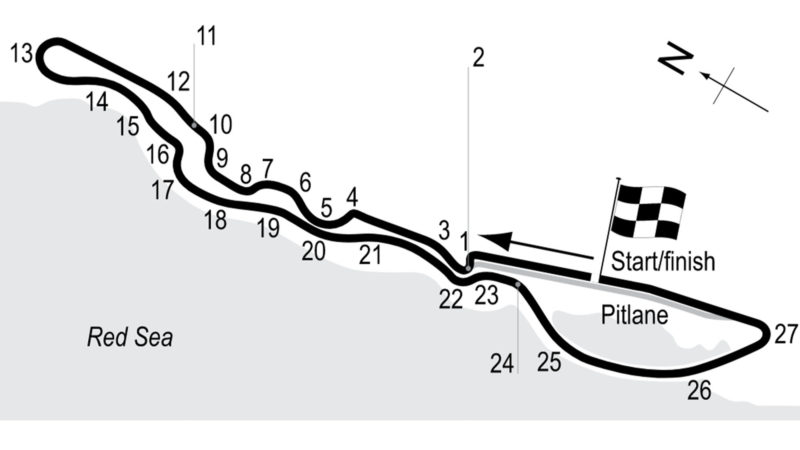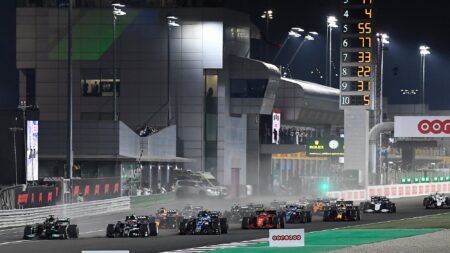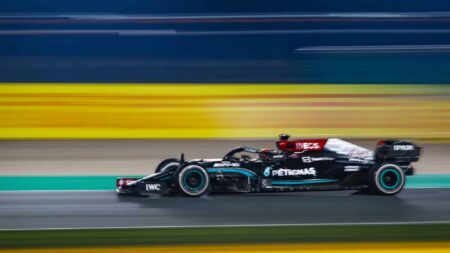Despite the safety concerns expressed, Tilke is clearly brimming with pride for his new circuit, believing he and his team have created a challenge like no other.
“I think it’s a really unique layout, you cannot compare it so much with other tracks,” he told Motor Sport. “It’s not a typical street circuit, where you have existing streets which brings 90-degree corners going around buildings. We were a little bit more flexible in creating a very fast, flowing design.”
What brought about this flexibility was the blank canvas Tilke and his team were given to work on – turning the sometime street circuit cliche of ‘racing in a car park,’ on its head.
“Most of the area was just an asphalt, they used it for parking – they had a Covid Test Center Centrum or something like this,” he said. “We worked very closely together with Formula 1 to develop the track to bring the most atmosphere to make it most exciting for the drivers and for the fans.
“So very exciting for me will be to see section T4 to T10-11 then into the esses combination, where you’re very fast. After that you’re going in into Turn 13 with 12% banking.
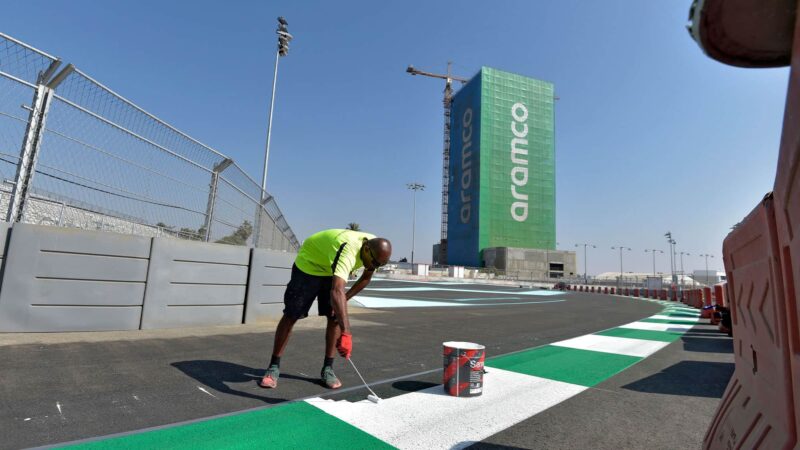
Work on the circuit has gone down to the wire
AMER HILABI/AFP via Getty Images
“We’re excited to see different racing lines, maybe there and different approaches to this corner.
“It’s really cool, because if you’re standing there you see that the banking increases when you go into it. It seems that the corner is never-ending, because you’re not seeing the exit till very late.
